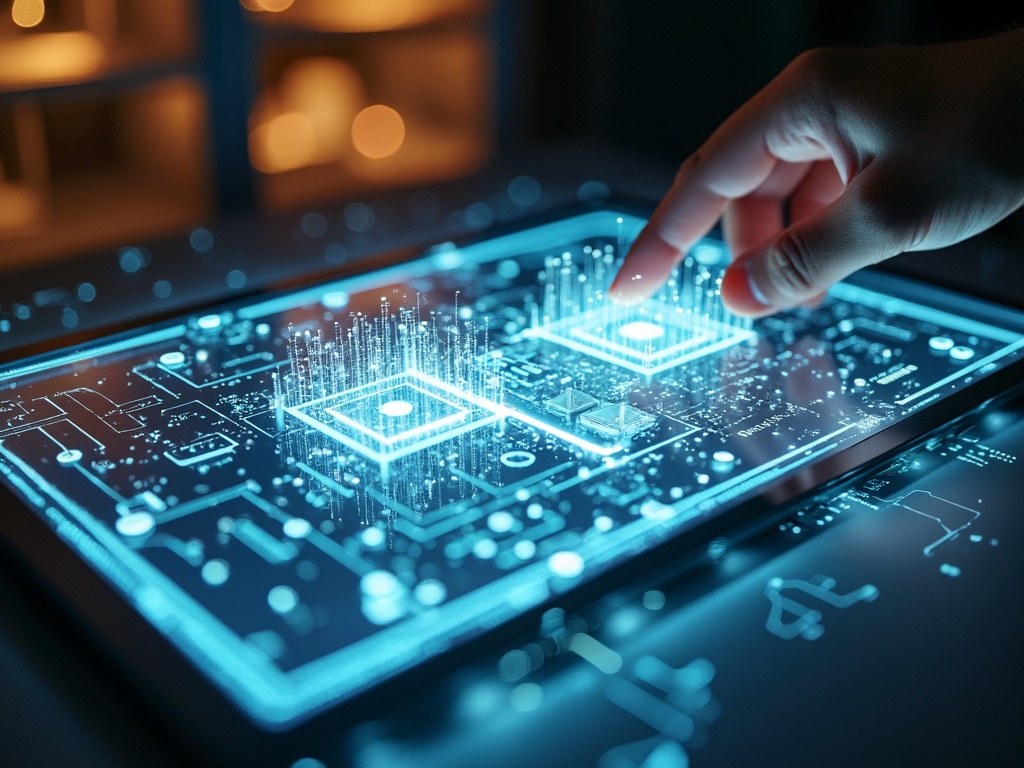Haptic feedback technology is revolutionizing digital interactions by introducing a sense of touch to our virtual experiences. This tactile dimension enhances immersion and realism in various applications, from smartphones to virtual reality, with the global haptic technology market projected to reach $23.8 billion by 2030.
Key Takeaways:
- Haptic feedback simulates physical sensations in digital devices
- The technology uses various mechanisms, including vibrotactile and ultrasonic haptics
- Applications range from personal devices to medical training simulators
- Haptic feedback enhances user experience and engagement
- The market is expected to grow significantly, especially in virtual reality sectors
The Tactile Revolution: Understanding Haptic Feedback
Haptic feedback technology is transforming our digital interactions by adding the sense of touch to sight and hearing. This tactile dimension simulates physical sensations like vibrations, touch, and force feedback in digital devices, creating more realistic and immersive experiences.
The impact of haptic feedback is evident in its market growth. The global haptic technology market was valued at $9.2 billion in 2021 and is projected to reach a staggering $23.8 billion by 2030. In the virtual reality sector alone, it's expected to be worth over $19 billion by 2025, highlighting its crucial role in shaping future digital interactions.
The Inner Workings of Haptic Technology
Haptic technology relies on various mechanisms to create tactile sensations. These include:
- Vibrotactile haptics
- Ultrasonic mid-air haptics
- Microfluidics
- Force control
- Surface haptics
At the heart of these systems are actuators, which generate the physical feedback. The most common types are:
- Eccentric rotating mass (ERM) actuators
- Piezoelectric actuators
- Linear resonant actuators (LRAs)
These actuators work in tandem with specialized software and interfaces that determine when and how to apply feedback. This combination of hardware and software creates a range of haptic experiences, including vibrotactile, electrotactile, and kinesthetic haptics.
Haptic Feedback in Action: Real-World Applications
The applications of haptic feedback are diverse and expanding rapidly. In personal portable devices like smartphones and wearables, it's used for notifications and user functions. Gaming controllers and haptic suits leverage this technology to enhance immersion and player experiences.
In the automotive industry, haptic feedback is integrated into driving assistive technology. For example, steering wheels can provide tactile notifications for road hazards or lane departures, improving safety and driver awareness.
Teleoperation is another field benefiting from haptic feedback. Remote-controlled robotic tools in various industries now offer operators a sense of touch, improving precision and control. In the medical field, virtual reality training simulators with haptic feedback provide healthcare professionals with realistic practice scenarios.
The importance of haptic feedback extends beyond just adding a tactile element. It enhances immersion, improves user experience, adds an emotional connection to digital interactions, and is critical for realistic training simulations across various sectors.
The Future of Touch: Advancements and Potential
As haptic technology continues to evolve, its potential applications are expanding. In physical rehabilitation, haptic feedback can help patients regain motor skills more effectively. For online shopping, it could revolutionize the try-before-you-buy experience, allowing customers to ‘feel' products virtually.
The technology is also set to enhance immersion in virtual environments significantly. This improved tactile interaction can lead to better task completion times and accuracy in user interfaces, making digital interactions more intuitive and efficient.
Perhaps most importantly, haptic feedback adds an emotional component to digital interactions. This enhanced engagement can lead to increased customer satisfaction and stronger user connections with digital products and services.
As we move forward, haptic feedback will continue to blur the lines between the digital and physical worlds, creating more intuitive, immersive, and emotionally resonant experiences across a wide range of applications.
Sources:
SimX
Spiceworks
Ultraleap
Ellow
Built In






